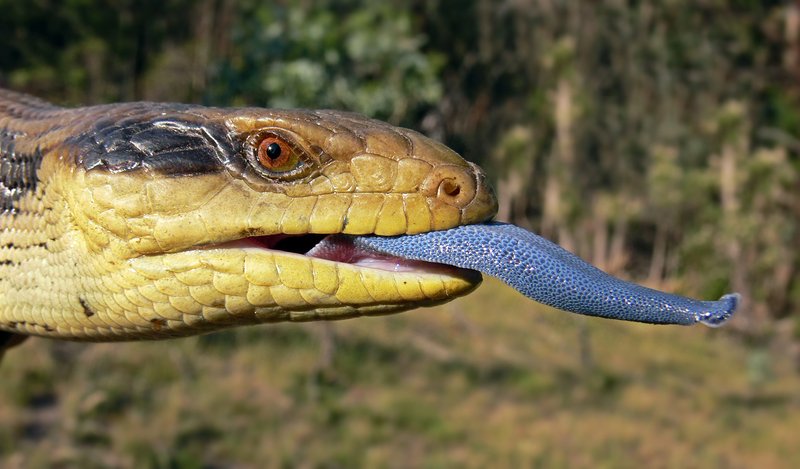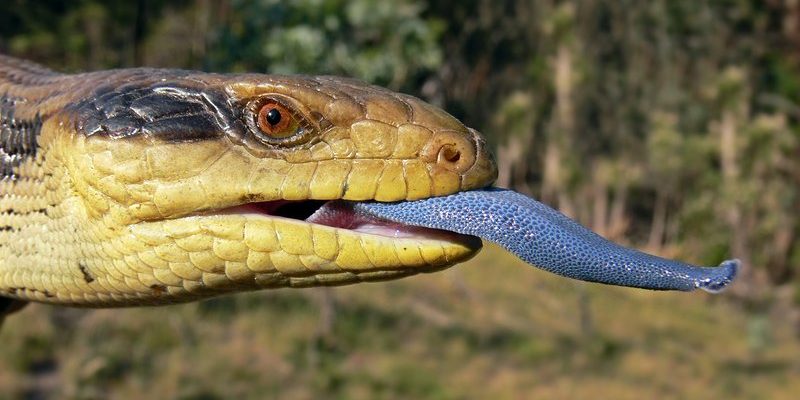
The blue-tongue skinks belong to the family Scincidae, one of the largest families of lizards. These lizards are found predominantly in Australia, New Guinea, and surrounding islands. They have a fascinating evolutionary backstory, marked by their adaptations to a wide range of habitats. If you’re a nature buff or simply curious about these unique reptiles, you’re in for a treat—there’s a lot to uncover about how these skinks evolved their standout features and survived changing environments!
Understanding the Skink Family
Before diving into the specifics of the blue-tongue skink, it helps to understand their family tree a bit better. Skinks are part of the lizard family Scincidae, which includes over 1,500 species. Now, that’s a lot of lizards! Skinks are characterized by their smooth, shiny scales, and many have an elongated body shape. The blue-tongue skink stands out not just for its looks but also for its behavior.
Interestingly, skinks adapt well to a variety of environments. You can find them in forests, grasslands, and even rocky terrains. The blue-tongue skink, specifically, can adapt to various habitats like bushland and scrub. They’ve developed traits that help them thrive in these different ecosystems. For instance, their body shape allows for efficient burrowing and hiding, which is crucial for escaping predators.
The Blue-Tongue Skink’s Unique Traits
Now let’s get to what makes blue-tongue skinks so special. Their most famous feature, the blue tongue, isn’t just for show. When threatened, they flash this brilliant blue color as a warning to potential predators. It’s like a built-in defense mechanism that signals “I’m not tasty!” This behavior, called deimatic display, is crucial for their survival.
In addition to their blue tongues, these skinks possess other unique features. They often have a robust body structure with short legs and a wide head, which gives them a somewhat stocky appearance. This build aids in their ability to burrow and find shelter. All these adaptations have helped them not just survive but thrive across various landscapes.
The Fossil Record: A Glimpse into the Past
To truly appreciate the blue-tongue skink’s evolutionary history, we can turn to the fossil record. Skinks date back to the Cretaceous period, around 145 million years ago. Isn’t that mind-blowing? Fossils of skinks provide evidence of their long-standing presence on Earth. Those ancient records show that some ancestral forms were already diverging into the various species we have today.
The fossil evidence indicates that skinks have undergone significant changes over time. For example, earlier skinks were primarily terrestrial, while modern species evolved to exploit arboreal (tree-dwelling) habitats as well. This transition showcases their adaptability and resilience, allowing them to occupy new niches as environments changed.
Climate Change and Evolution
Let’s chat about how climate shifts impacted blue-tongue skinks. Throughout history, changes in climate have altered habitats and pushed species to adapt. Blue-tongue skinks have shown remarkable adaptations to varying conditions. Some species have evolved to be more tolerant of cooler weather, while others prefer warmer climates found in their native Australia.
These adaptations are crucial for their survival. In times of extreme weather, such as droughts or floods, having versatile habits can mean the difference between life and extinction. So, the blue-tongue skink’s ability to adapt is not just a fun fact—it’s a survival strategy honed over millions of years.
The Diversity of Blue-Tongue Skinks
Did you know there are several different species of blue-tongue skinks? While they’re all part of the same family, each species has unique traits. The *Tiliqua scincoides* is perhaps the most recognized species, often seen in pet stores due to its docile nature.
Then there’s the *Tiliqua rugosa*, commonly known as the western blue-tongue skink, which is known for its distinctive bands and patterns. You might also find the *Tiliqua gigas*, native to New Guinea, which has some striking visual differences compared to its Australian cousins. Each species has adapted to its specific environment, showcasing the amazing diversity within the blue-tongue skink family.
Habitat and Conservation
As with many species, habitat loss poses a significant threat to blue-tongue skinks. Urbanization, agriculture, and climate change can lead to the destruction of their natural environments. These lizards rely on specific habitat types for shelter, food, and reproduction, making conservation efforts essential.
Protecting their habitats involves both preserving natural areas and raising awareness about their status. Organizations dedicated to wildlife conservation often work to create protected areas where these skinks can thrive. Community involvement plays a crucial role in their survival, as awareness of their ecological importance can lead to better habitat management.
The Blue-Tongue Skink in Today’s World
Today, blue-tongue skinks are popular pets, thanks to their friendly demeanor and stunning appearance. They’re often recommended for beginners due to their relatively easy care needs. Pet owners enjoy their unique characteristics, including their ability to recognize their caretakers. You might even say they have a little personality!
In the wild, however, these skinks continue to fulfill essential roles in their ecosystems. By helping control insect populations and serving as prey for larger animals, they contribute to the balance of their native habitats. It’s fascinating to think how something as simple as a skink can have such a big impact, isn’t it?
Future of Blue-Tongue Skinks
As we look to the future, it’s crucial to consider the long-term survival of blue-tongue skinks. With climate change and habitat destruction looming over many species, the research community is working hard to understand how these lizards can continue to adapt. Scientists study their genetic diversity to gauge their resilience and explore what it takes for them to survive in a rapidly changing world.
Conservation efforts are equally important. By promoting habitat restoration and awareness, we can help ensure future generations get to appreciate these unique creatures. After all, every lizard has a story woven into the fabric of our planet’s history—and the blue-tongue skink is no exception.
The evolutionary history of the blue-tongue skink is a testament to nature’s creativity and adaptability. From their colorful tongues to their robust bodies, these lizards have flourished through millions of years of change. They remind us of the importance of every species in our ecosystem, and how a single creature’s survival can offer insights into the broader tale of life on Earth.
As you continue to explore the world of reptiles, keep an eye out for these fascinating lizards. They’re not just pets—they’re a living piece of our planet’s rich history, embodying both beauty and resilience. Whether you’re a reptile enthusiast or just someone intrigued by nature, the blue-tongue skink is sure to leave you with a sense of wonder and appreciation.

